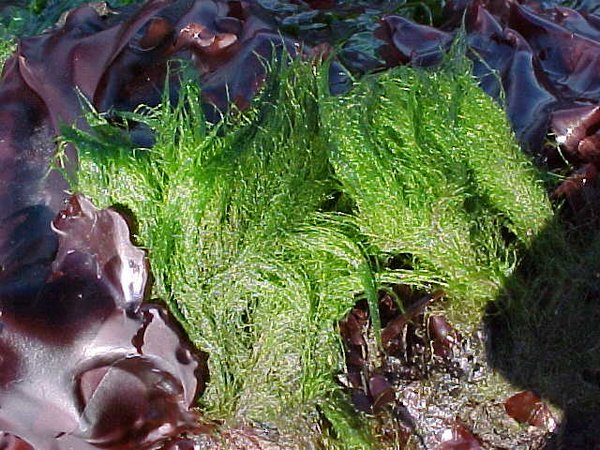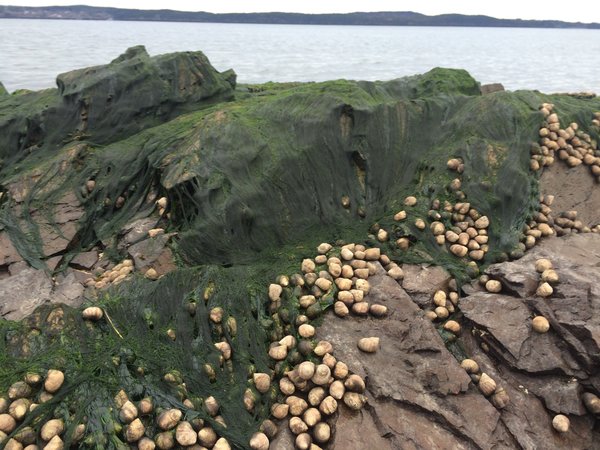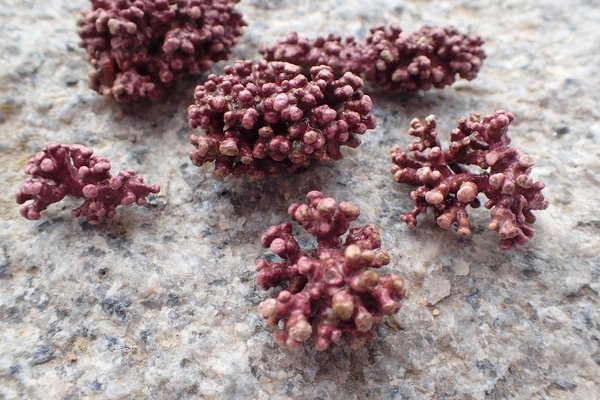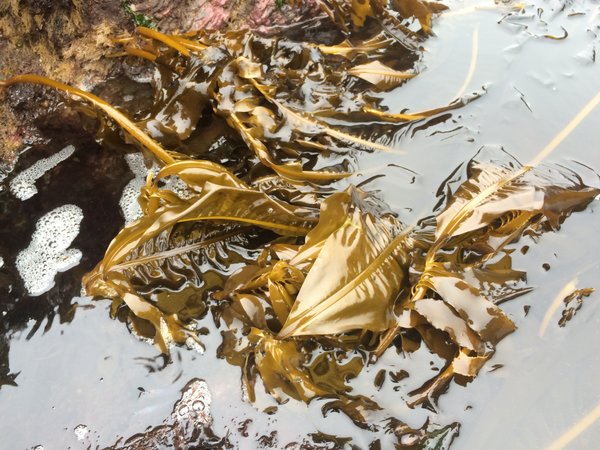Mermaid's Hair (Cladophora spp.)
Common Name: mermaid's hair
Scientific Name: Cladophora spp.
Location: hard substrate, boulders, rocks, ledges
Seasonality: available all year (best spring to fall months)
Color: green
Size: fronds 1” - 3" at best
Collected: hand harvested
Quantity: 1 pint volume
Common Name: mermaid's hair
Scientific Name: Cladophora spp.
Location: hard substrate, boulders, rocks, ledges
Seasonality: available all year (best spring to fall months)
Color: green
Size: fronds 1” - 3" at best
Collected: hand harvested
Quantity: 1 pint volume
Common Name: mermaid's hair
Scientific Name: Cladophora spp.
Location: hard substrate, boulders, rocks, ledges
Seasonality: available all year (best spring to fall months)
Color: green
Size: fronds 1” - 3" at best
Collected: hand harvested
Quantity: 1 pint volume
Tidepool Tim says, “These green algae remind me of felted wool - very thick and dense. It can be hard to find in our local bays every season. Once located it is very prevalent on hard surfaces forming a dense mat on the topside of rocks, boulders, & ledges. There is no evidence of predation on this weed but periwinkle snails and limpets are often found in mats of this algae or on the edges of growth areas.”








